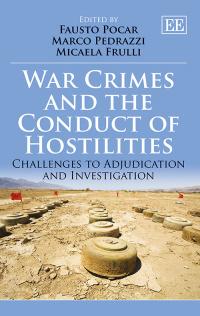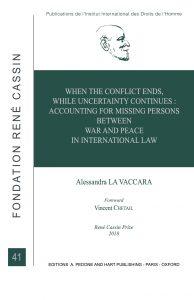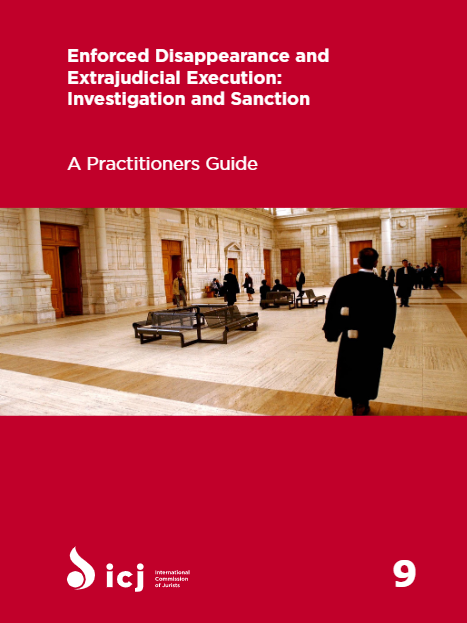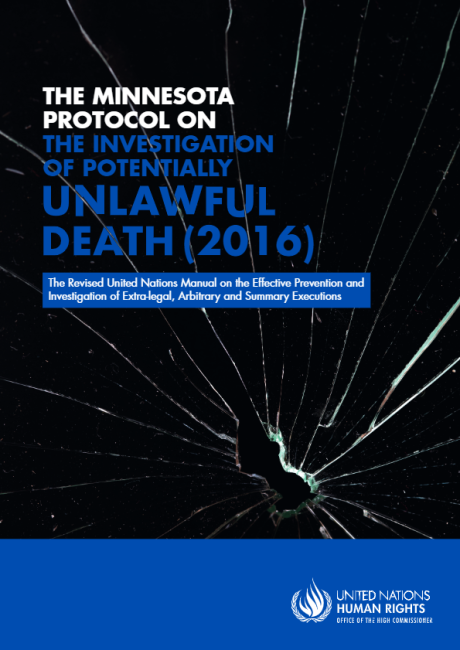
To what extent do the international rules on human rights matter?
This article discusses the distinction between international humanitarian law (IHL) and human rights law (HRL), and their growing convergence. IHL concerns the restriction imposed upon and rights owed to various parties during armed conflicts, while HRL aspires to protect individuals from the state and its agents. Since the end of World War Two, IHL has evolved and extended its scope of applicability from traditional international ‘wars’ to ‘armed conflicts’ of both an international and non-international character. HRL has similarly extended its scope of applicability, moving from municipal origins to a special focus on non-international conflicts. IHL and HRL both hold respect for human dignity as their fundamental raison d'être, and because of this are generally looked upon as complementary bodies of law. In general, the applicability of both IHL and HRL during times of armed conflict has been established. However, there are aspects of armed conflicts where IHL trumps HRL, especially with regards to whether killing that occurs throughout an armed conflict constitutes arbitrary death. The author identifies three paradigmatic examples of the convergence of IHL and HRL: torture, detention, and disappearances. While customary and conventional IHL bans all three, it does not define them, and thus recourse to HRL is necessary to understand the content of these bans. [Summary by students at the University of Toronto, Faculty of Law (IHRP)]





